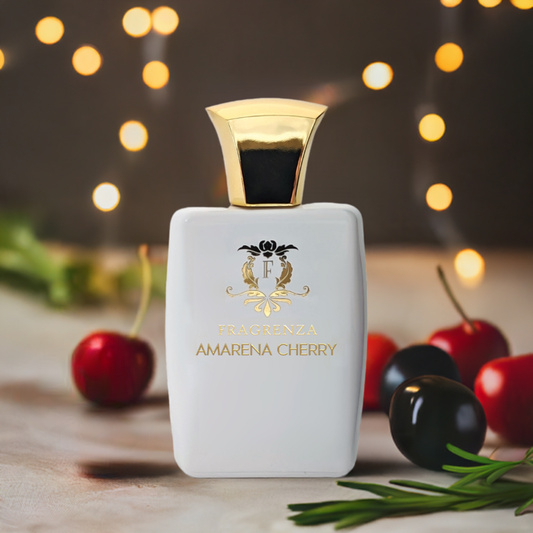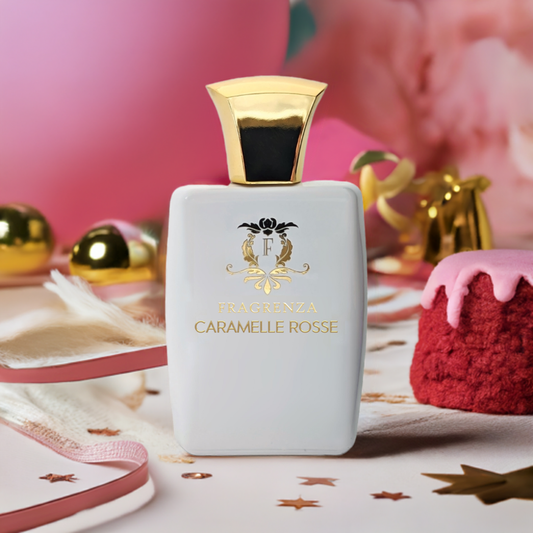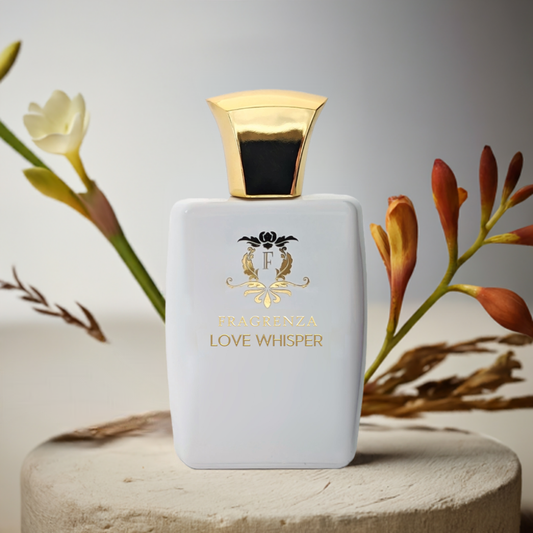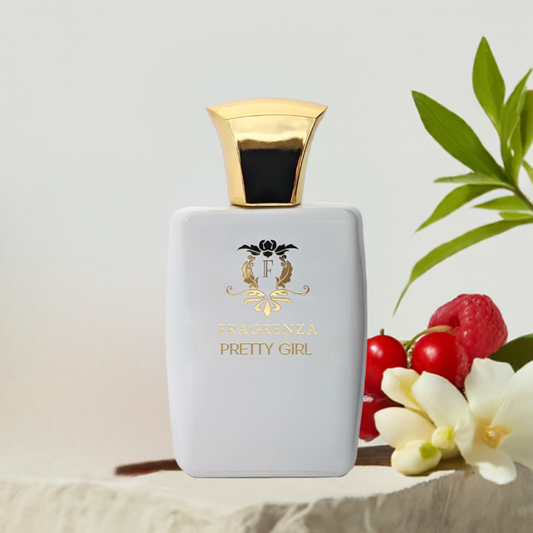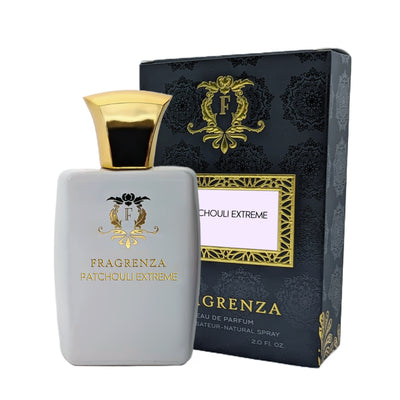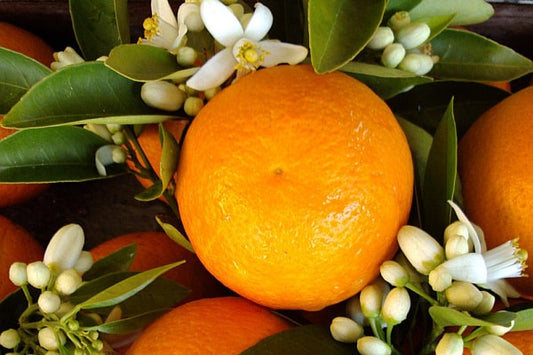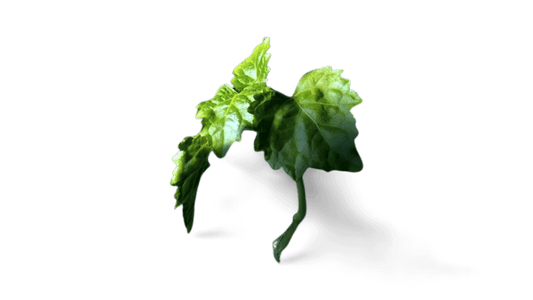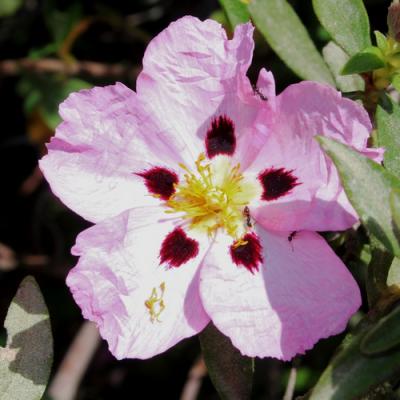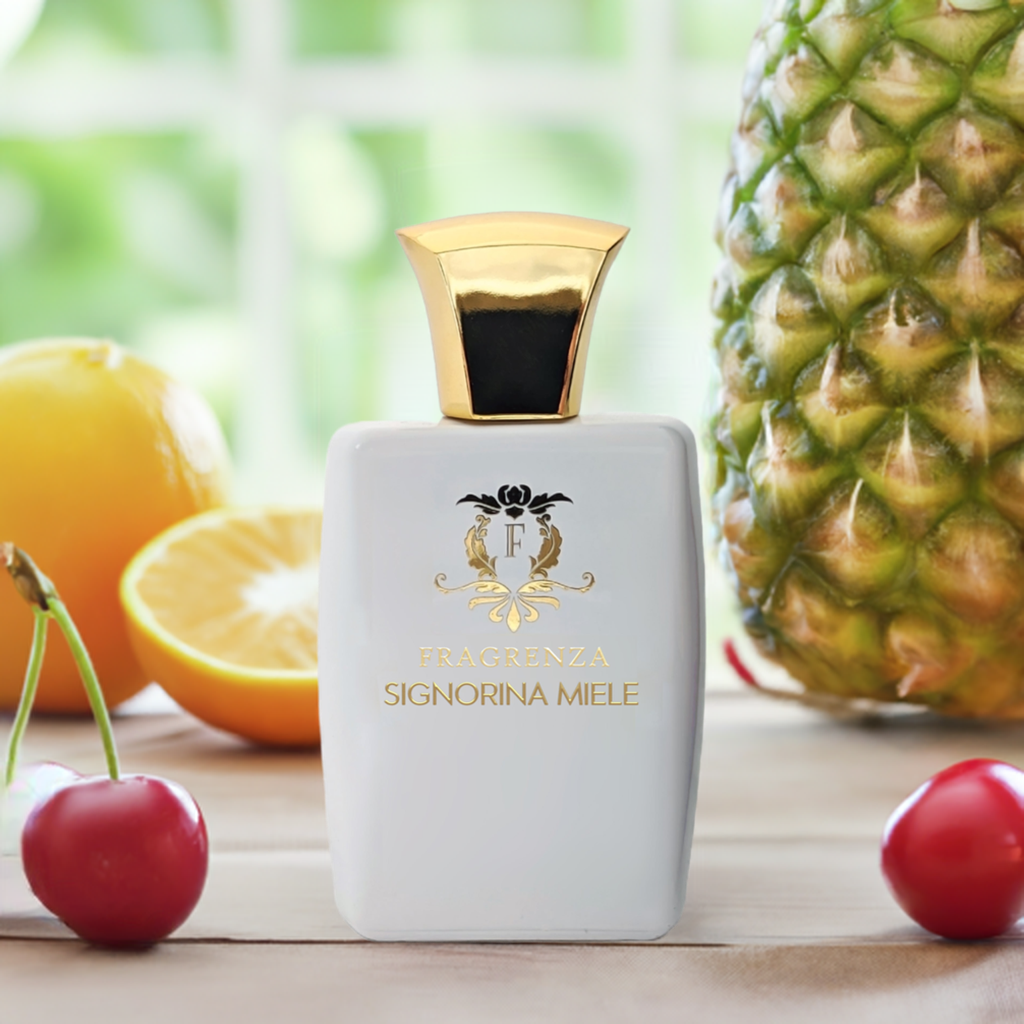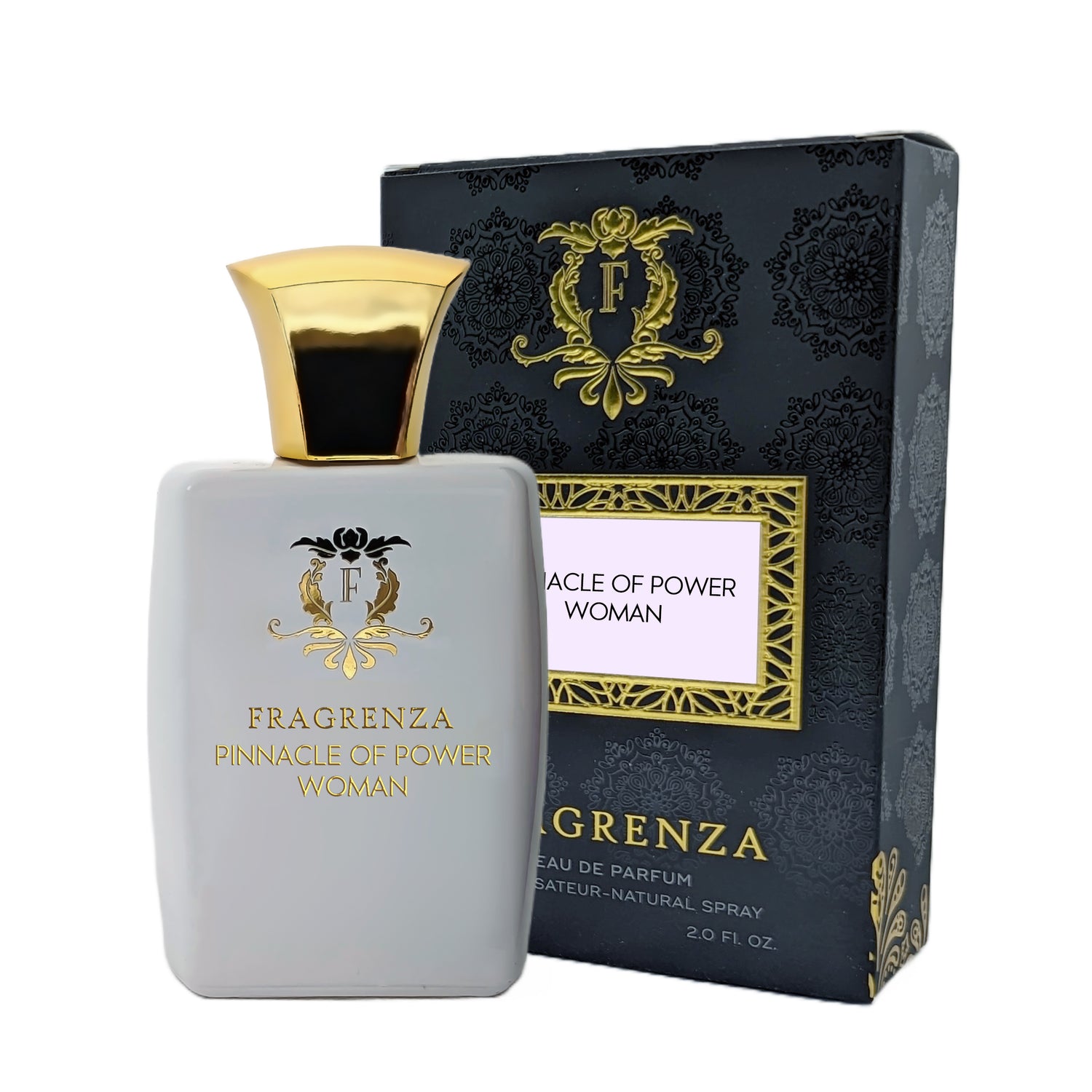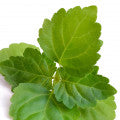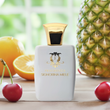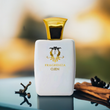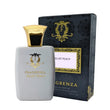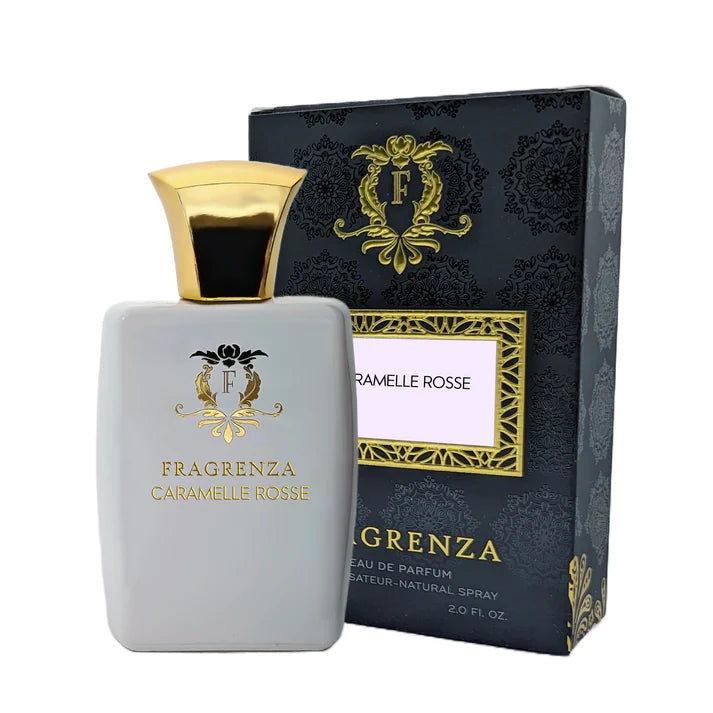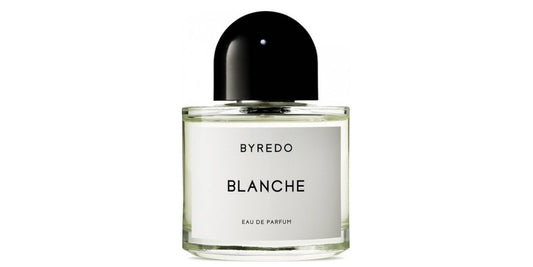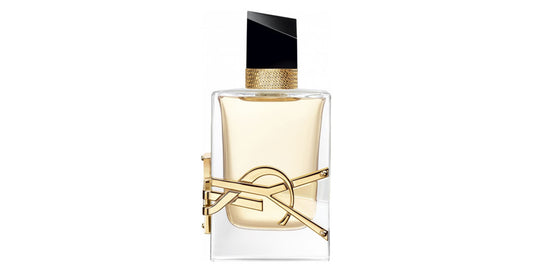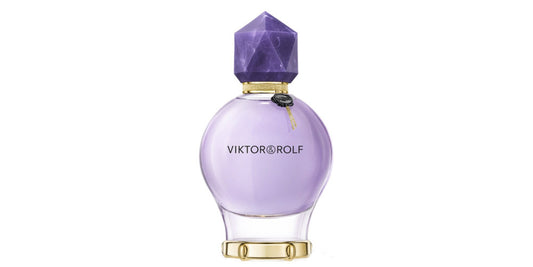The History of Patchouli
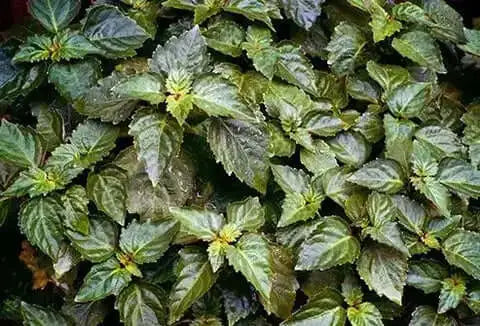
In This Article
Patchouli, with its uniquely earthy and woody aroma, has a rich and fascinating history. Its usage dates back centuries and has intertwined with various cultures, healing traditions, and art forms such as perfumery. In this page, we will delve into the origins of patchouli and how it has been used throughout history, leading to its prominence in the modern world.
Origins of Patchouli
Patchouli is native to the tropical regions of Asia, specifically, the Southeast Asian countries like Indonesia, Malaysia, and the Philippines. The plant is part of the mint family, or Lamiaceae, and grows as a bushy herb with small, pale pink-white flowers. Its name "patchouli" is derived from the ancient Tamil words "patchai" and "ellai," meaning "green leaf."
Patchouli in Traditional Medicine
Patchouli has been utilized for its medicinal properties for centuries. In traditional Asian medicine, especially in China, Malaysia, and Japan, patchouli was used to treat a wide range of ailments. These included colds, nausea, diarrhea, abdominal pain, and even snake bites. The plant's anti-inflammatory, antiseptic, and diuretic properties were well recognized. It was also believed to possess aphrodisiac qualities.
Patchouli in Religious and Spiritual Practices
In certain cultures, patchouli was used in religious and spiritual practices. In India, for example, patchouli leaves were used in the making of incense, a significant component of Hindu religious ceremonies. Patchouli incense was and still is appreciated for its grounding and balancing effect, believed to promote a sense of peace and well-being.
Patchouli in Textiles and Trade
Interestingly, patchouli played a significant role in the trade between the East and West during the 18th and 19th centuries. Chinese silk traders packed their fabric with dried patchouli leaves for protection, as the strong scent of patchouli repelled moths and other insects. As the exotic fabrics reached the markets of Europe, the scent of patchouli became associated with the luxurious and the exotic, driving its popularity in the Western world.
Patchouli in Perfumery
The mid-19th century saw the first notable use of patchouli in perfumery. Patchouli essential oil, distilled from the dried leaves, became a popular ingredient in many perfume compositions. It was particularly loved in chypre and oriental perfumes, adding a deep, earthy base note that gave richness and complexity to the fragrance.
Patchouli's popularity in perfume saw a resurgence in the 1960s and 70s during the era of free love and the hippie movement. It became a symbol of counterculture, its earthy and natural aroma resonating with the ethos of the time.
Modern Usage of Patchouli
Today, patchouli continues to be a cherished ingredient in perfumery. From earthy and woody compositions to floral and oriental scents, patchouli offers a diverse olfactory palette. It is also widely used in aromatherapy for its soothing and grounding effects.
Furthermore, it remains an essential component in traditional Asian medicine and is also commonly found in various skincare and cosmetic products due to its potential skin benefits.
Conclusion
Patchouli, with its long and diverse history, continues to captivate us with its multifaceted applications and unique aroma. Its journey from the ancient fields of Southeast Asia to becoming a cornerstone in perfumery is a testament to the enduring allure of this remarkable plant. As we continue to discover and create new ways to enjoy and benefit from patchouli, its legacy lives on, interweaving the past, present, and future.


